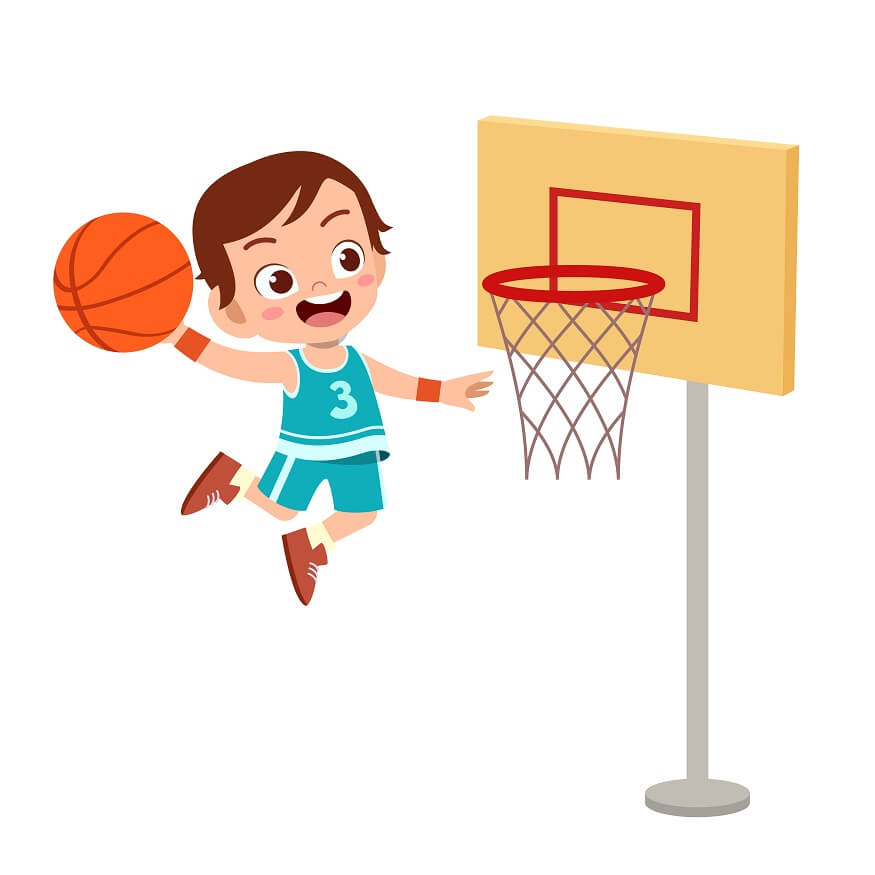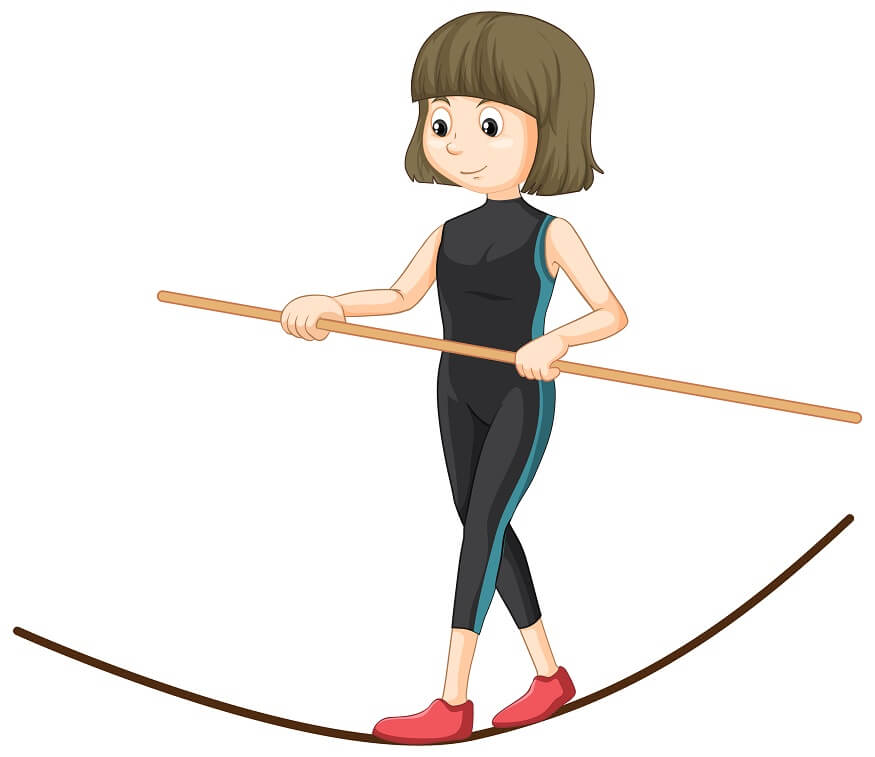Basketball is one of the most loved sports the world over. It is reported to have more than 2.2 billion fans in the world. As per estimates, over 450 million people play basketball in more than 200 countries at domestic, national, and international levels.
The National Basketball Association (NBA) based out of the USA is one of the most popular organisations promoting and organising basketball leagues and competitions. The popularity of the NBA can be judged by the fact that it generated over 32 billion views of its videos on various platforms just in the year 2022-23.
People love playing and watching basketball because it is an exciting, fast-paced and highly competitive physically intensive game which requires a high degree of skills, and physical and mental strength. Basketball has also produced some sporting legends such as Michael Jordan, Lebron James, Stephen Curry, Kobe Bryant, etc who are vigorously followed and admired by fans the world over.
Basketball is also a popular sport in India. It is played at school, college, and university level. Many organisations also have their basketball teams and they actively participate in various competitions and tournaments. The Basketball Federation of India is the official governing body in charge of basketball in India. For those kids who are interested in basketball, this blog talks about 33 key terms they should know to understand the game better.
Also Read: How to prepare your child for sports season
The Basket
1. Backboard. It is a rectangular-shaped vertical board that is mounted on a pillar that holds the rim and the net. It is typically made of wood or fibreglass. The rim and the net are attached to the backboard. Players usually use the backboard to bounce off the ball when trying to score a basket. There are two such backboards installed at the opposite ends of the court.
2. Rim or Hoop. The metallic circular ring that holds up the net is called the rim. It is also called a Hoop.
3. Net. The net hangs on the ring, which kind of catches the ball when a basket is scored.
4. Basket. The rim and the net together constitute the basket. A player scores when he/she can put the ball into the basket.
The Court: As per NBA regulations, the basketball court is a rectangular area with dimensions of 94 feet X 50 feet.
5. Baseline. The two smaller sides of the rectangular court are also called the end lines or the boundary lines that run underneath the basket on each side of the court. It is 50 feet in length on either side.
6. Sidelines. The longer sides of the rectangular court are 94 feet long.
7. Midcourt Line. A line drawn parallel to the shorter side of the rectangular court divides the court into two halves.
8. Front Court. The half of the court where a team which has possession of the ball is striving to score is called their front court.
9. Back Court. The other half where the team with possession of the ball is defending their basket is called the Back Court.
10. Center Circle or Jump Circle. A circle is located on the centreline, with equal halves falling in each half of the court. This is where the game starts with the referee throwing the ball in the air and players from each team jumping to take possession of the ball.
11. Three Point Line. It is an arc drawn in both halves of the court. If a player scores from outside this line, they get three points. If they shoot from inside of the three-point line, they score two points.
12. Key or The Paint or The Free Throw Lane. It is the painted area of the court stretching from the free-throw line to the end line. It is also popularly referred to as “the paint”.
Also Read: How to deal with stress in sports: Causes and tips
Shots
13. Airball. A shot at the basket that fails to make contact with the rim, the net, or the backboard is known as an air ball.
14. Alley-Oop. When a player jumps and catches a pass from one player to another mid-air and then also makes a shot at the basket while still in the air.
15. And one. A player gets fouled while taking a shot and scores. The player, as a result, gets an additional free throw.
16. Assist. A player passes a ball to a teammate who scores. The player who made the pass earns an assist as a result. It is an important statistic which is measured for basketball players.
17.Bank Shot. When a player scores a basket by bouncing the ball off of the backboard, using the backboard as a reflector.
18. Lay-up. A shot at the basket is taken from close to the hoop when the player is running towards the hoop.
19. Swish. A basket is scored wherein the ball does not touch the rim or the hoop at all and goes straight into the net, creating a ‘swish’ sound.
20. Rebound. Retrieving the ball after a missed shot at the basket. Many times, players score baskets of rebounds as well.
Strategies
21. Block. When a player stops an opposing player from taking a shot at the basket by blocking the ball with his/her hands is called a block. It is a critical statistic which is monitored, especially for defensive players.
22. Backdoor. An offensive move wherein a player without the ball cuts behind an opposing team defender and moves towards the basket.
23. Fast Break. A defensive play is swiftly converted into an offensive play when the team defending takes possession of the ball and raises a fast offensive in retaliation.
24. Press. A defensive strategy with a mix of offence where the defending team puts pressure on the team in possession by closely attacking the ball in all parts of the court. The defence is not just limited to the backcourt.
25. Man to Man. A defensive technique wherein each player is assigned an opposing team player to defend against on a one-to-one basis.
26. Zone Defense. A defensive strategy where the players defend a zone on the court instead of an individual as in man-to-man.
27. Screen. An offensive assistive strategy is where a player without the ball stands in the way of the opposing defensive player to obstruct that player from defending effectively. The purpose here is to allow the player with the ball to move the ball without much obstruction.
28. Box Out. A technique used by players by widening their body stance to improve their chances of a rebound.
Fouls
29. Carry. A foul that occurs when a player holds on to the ball excessively while dribbling.
30. Free Throw. A free shot is given to a player after he/she has been fouled by the opposing players. The free throw is taken from the free throw line which is 15 feet from the basket.
31. Charge. A penalty that occurs when an offensive player runs into a stationary defensive player knocking them out.
32. Double Dribble. A penalty is given when a player dribbles the ball with both hands, or when a player dribbles, stops, and dribbles again.
33. Travel. A penalty which is given when the player with the ball moves their pivot foot against the regulations or takes three or more steps without dribbling the ball.
Also Read: Repetitive Strain Injuries in Sports: Symptoms, Examples, Treatment










